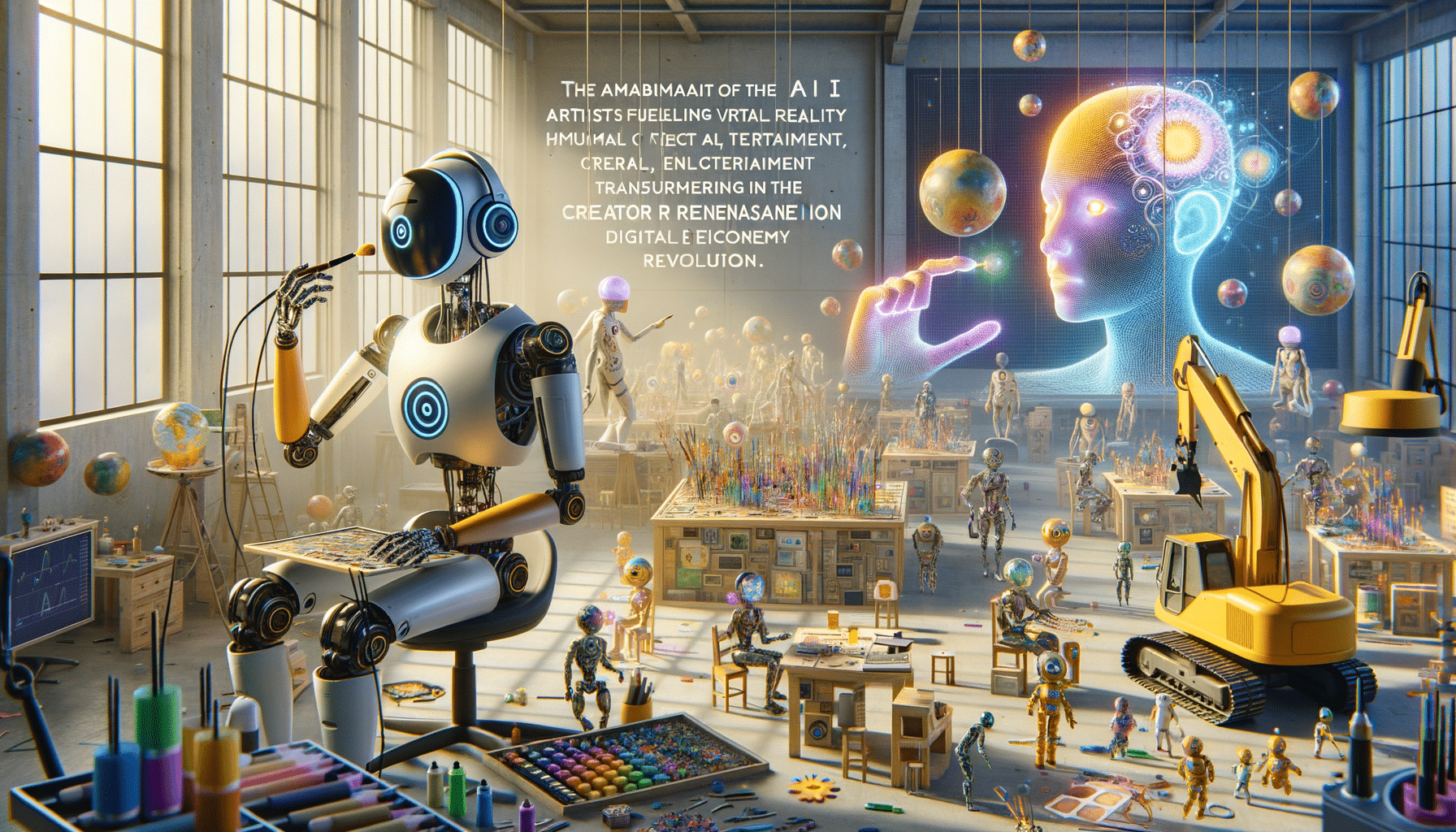The Electric Revolution: How EVs and Smart Technology Are Reshaping the Automotive Industry in 2025
Introduction to the Electric Revolution
The automotive industry is experiencing a seismic shift as electric vehicles (EVs), autonomous driving technology, and connected car features redefine the way we perceive transportation. This transformation is not merely about replacing gasoline engines with electric motors; it’s about creating a sustainable, efficient, and intelligent transportation ecosystem. As we delve into this topic, we will explore the key elements driving this revolution, including the challenges and opportunities that lie ahead.
Electric Vehicle Adoption: Breaking Down Range Anxiety
One of the significant barriers to widespread electric vehicle adoption has been range anxiety—the fear that an EV will run out of charge before reaching its destination. However, technological advancements are rapidly alleviating these concerns. Modern EVs now offer extended ranges that comfortably exceed the daily driving needs of most users. For example, many new models boast ranges of over 300 miles on a single charge, making them viable for long-distance travel.
Moreover, the expansion of charging infrastructure is playing a crucial role in mitigating range anxiety. Public charging stations are becoming more prevalent, with fast-charging options that can replenish an EV’s battery in a matter of minutes. This growing network of chargers ensures that drivers can confidently embark on lengthy journeys without the constant worry of finding a charging point.
In addition to infrastructure improvements, advancements in battery technology are also contributing to the reduction of range anxiety. Innovations such as solid-state batteries promise to offer higher energy densities and faster charging times, further enhancing the appeal of electric vehicles. As these technologies continue to evolve, the perception of EVs will shift from being a niche market to a mainstream choice for consumers seeking sustainable transportation solutions.
Autonomous Driving Technology: The Future of Mobility
Autonomous driving technology is revolutionizing the way we think about mobility. With the development of self-driving cars, the dream of a hands-free commute is becoming a reality. These vehicles utilize a combination of sensors, cameras, and artificial intelligence to navigate roads with minimal human intervention.
The potential benefits of autonomous vehicles are vast. They promise to enhance road safety by reducing human error, which is a leading cause of accidents. Additionally, they offer increased accessibility for individuals who are unable to drive, such as the elderly or disabled. Autonomous vehicles also have the potential to optimize traffic flow, reducing congestion and emissions in urban areas.
However, the path to fully autonomous vehicles is not without challenges. Regulatory hurdles, technological limitations, and public acceptance are significant obstacles that need to be addressed. Despite these challenges, the progress in autonomous driving technology is undeniable, and it is only a matter of time before these vehicles become a common sight on our roads.
Connected Cars and Smart Features: Driving Innovation
Connected cars are at the forefront of automotive innovation, integrating smart features that enhance the driving experience. These vehicles are equipped with internet connectivity, allowing them to communicate with other devices and systems. This connectivity enables a range of smart features, from real-time traffic updates to remote diagnostics and over-the-air software updates.
One of the most exciting aspects of connected cars is their ability to interact with smart city infrastructure. For instance, vehicles can communicate with traffic lights to optimize signal timings, reducing waiting times and improving fuel efficiency. Additionally, connected cars can provide valuable data to city planners, helping them design more efficient transportation networks.
Moreover, the integration of advanced driver-assistance systems (ADAS) in connected cars is enhancing safety and convenience. Features such as adaptive cruise control, lane-keeping assist, and automatic emergency braking are becoming standard, making driving safer and more enjoyable. As the technology continues to evolve, we can expect even more innovative features that will transform the way we interact with our vehicles.
Conclusion: Embracing the Future of Transportation
The electric revolution is reshaping the automotive industry in profound ways. As electric vehicles, autonomous driving technology, and connected car features become more prevalent, we are witnessing a transformation that extends beyond the vehicles themselves. This shift is about creating a sustainable and intelligent transportation ecosystem that benefits society as a whole.
Consumers, manufacturers, and policymakers must embrace these changes and work collaboratively to address the challenges and seize the opportunities that lie ahead. By doing so, we can ensure that the future of transportation is not only efficient and convenient but also environmentally responsible and inclusive.
As we move forward, it’s essential to stay informed and engaged with these developments, as they will undoubtedly shape the way we live, work, and travel in the years to come.

